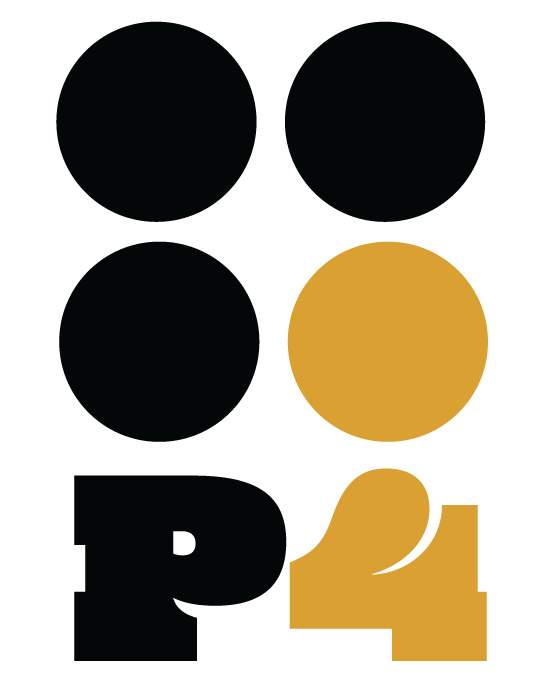The Unseen Influence: How Photography Shapes Consumer Behavior
The Case of the Iconic Jacket
In the mid-1980s, the growing and innovative outdoor clothing brand, Patagonia, began to advertise their new colorful jackets and other products in use, by real people in extreme wilderness environments, from climbing the Swiss-Alps to backpacking through Yosemite. While most outdoor brands were forest green or tan, Pategonia’s vivid cobalt, teal, the iconic French red, and more contrasted against these epic monochromatic earth tones.
They invested in organic, natural lifestyle photography that captured the heart of their brand, speaking to speak to a specific community of people. Not just the professional mountaineers or kayakers, but the accountant who aspired to trade the cubical for the Alaska coast or the stay-at-home mom who dreamed of hiking the Pacific Coast Trail one day.
Patagonia evoked something powerful. After they began to use this lifestyle photography in their advertising, the jacket didn't just sell; it became an icon, a must-have for outdoor enthusiasts.
These images did more than display a product; they evoked a sense of adventure, freedom, and the allure of the great outdoors. Sales soared, not merely because of the jacket's features but because of the lifestyle and freedom it represented, captured through the lens of a camera. This narrative is not unique but a testament to the profound impact of professional imagery on consumer behavior.
The Emotional Connection
Perhaps our decisions are less about the logical evaluation of products and more about how those products make us feel. Images (and video) can tap into this emotional undercurrent. A study conducted by a leading marketing firm revealed that consumers are 60% more likely to consider or contact a business with images that evoke a strong emotional response. The photographs of the jacket did not just show fabric and zippers; they whispered tales of mountain summits at dawn and the serene solitude of nature, connecting on an emotional level that words could not reach..
Want to see how this works with your own brand?
Here's a straightforward yet insightful experiment to conduct. It involves conducting a basic A/B test on your social media platforms using two distinct types of posts.
Post One: Share 1-3 images of your product against a simple backdrop. Highlight its angles, features, and quality in these visuals. In your caption, delve into the details—discuss the materials, innovative uses, or any unique selling points that set your product apart.
Post Two: Share one or two images that depict your product in action, used in the way it's meant to be. For instance, if you're marketing a pizza brand, present a scene of a family sharing and enjoying your pizza, encapsulating a moment of joy and togetherness. For a clothing brand, showcase your target demographic wearing your products in compelling settings that reflect daily life but with an aspirational twist.
TIP! If you have the budget, you can promote these posts to get more analyses for more insight.
This exercise is more than just a comparison of imagery; it explores how different visual presentations can influence engagement and perception among your audience.
Photography on consumer behavior emerges not just as a marketing tool but as a complex interplay of emotion, perception, and social influence. It’s a reminder that in the vast marketplace of products and services, the most compelling stories are often told without words through the silent yet persuasive power of aspirational and intentional moments captured through the glass of a lens.



